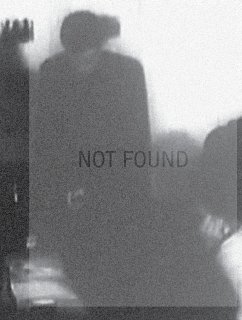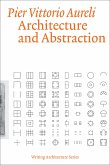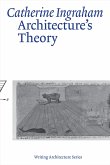Exploring architecture as a form of concealment and obfuscation in engendering new ways of understanding, conceptualizing, and reshaping the world. Architecture is the perfect form of camouflage. As buildings recede into the background of everyday life, the myriad forces that shape our natural, social, and political landscapes hide in plain sight. Embedded within the spatial and material organizations of the built environment are ideas of value, hierarchy, and control that tilt the ground and influence perception in the name of endless competing interests. Operating across multiple scales and mediums, architectural camouflage gives familiar form to obscure objectives. Design transforms and encodes our shared environments, from domestic domains to digital territories, through its material practices, aesthetics, and discourses. Immanent in the periphery, architecture’s images are internalized as forms for understanding and reshaping the world. Camouflage, in turn, dwells in the architecture of our collective subconscious. Latent within architecture’s deceptions is a profound capacity to reflect the elusive intentions and surreal ambiguities of our ecological entanglements. In masking hierarchies and shifting sensitivities to what escapes perception, architecture can engender vital questions around the agency and significance of its world-making practices. Mediating with and within the background, architecture can awaken new modes of attention to material and social layers previously unimagined or hidden and engage directly with the mirrored frameworks that define reality. This issue of Perspecta considers the complexities and potentialities of architectural concealment, obfuscation, and mimicry; of the power inherent in architecture’s expanding capacity as media. In the veiled extents of our physical and digital worlds, what is still not found? Contributors APRDELESP and Xavier Nueno Guitart, Ashley Bigham and Erik Herrmann, Esther M. Choi, feminist architecture collaborative, Marianela D’Aprile and Douglas Spencer, Theo Deutinger and Christopher Clarkson, DESIGN EARTH, David Freeland and Brennan Buck, Linda Gordon, Noah Kalina, Dana Karwas, Andrew Economos Miller, M.C. Overholt and Alex Whee Kim, Trevor Paglen, Lukas Pauer, Nina Rappaport, David Sadighian, Matthew Soules, Jerome Tryon, Michael Young
Hinweis: Dieser Artikel kann nur an eine deutsche Lieferadresse ausgeliefert werden.
Hinweis: Dieser Artikel kann nur an eine deutsche Lieferadresse ausgeliefert werden.








